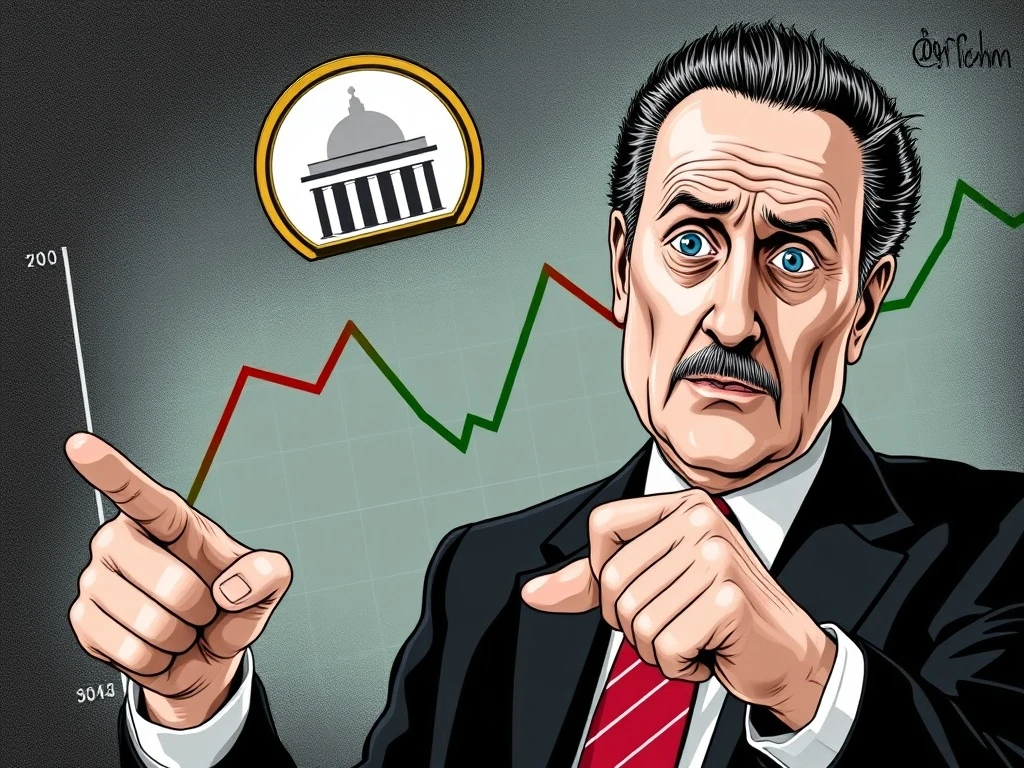Peter Schiff’s Dire Warning: Stablecoins Threaten U.S. Treasury Market Stability

Renowned economist Peter Schiff has issued a stark warning: the rapid rise of stablecoins could be diverting critical capital away from U.S. Treasuries, potentially destabilizing the financial system. As digital assets gain mainstream adoption, could they be undermining one of the world’s most important financial markets?
How Stablecoins Are Reshaping Capital Allocation
Schiff argues that stablecoins aren’t boosting Treasury demand as some believe, but rather redirecting liquidity in dangerous ways:
- Funds flow into short-term Treasury instruments held by stablecoin issuers
- Long-term bonds receive less support, potentially driving up yields
- Traditional money markets see reduced participation
- Private lending capital becomes less available
The Hidden Risks to Financial Stability
Schiff’s analysis reveals several concerning impacts on the Treasury market:
| Risk Factor | Potential Consequence |
|---|---|
| Volatile demand | Harder debt management for U.S. government |
| Higher long-term yields | Increased borrowing costs economy-wide |
| Reduced bank lending capacity | Tighter credit for businesses and households |
Stablecoins vs. Traditional Treasury Investments
Key differences that concern Schiff:
- Stablecoin issuers, not end users, earn Treasury interest
- Digital assets create parallel systems outside traditional banking
- Regulatory frameworks remain uncertain
- Market reactions show increasing correlation between crypto and traditional finance
What This Means for Investors and Policymakers
As the Federal Reserve maintains cautious monetary policy and regulators examine stablecoins through initiatives like the GENIUS Act, Schiff’s warnings highlight critical questions about digital assets’ role in financial markets. Are stablecoins complementing traditional systems or creating dangerous distortions?
FAQs
Q: Why is Peter Schiff concerned about stablecoins and Treasuries?
A: Schiff believes stablecoins divert capital from long-term Treasury bonds to short-term instruments held by issuers, potentially destabilizing debt markets.
Q: How could stablecoins affect interest rates?
A: Reduced demand for long-term Treasuries might increase yields, raising borrowing costs for mortgages and business loans.
Q: What’s different about stablecoin-held Treasuries versus traditional investments?
A: Interest goes to issuing companies rather than individual investors, changing the economic incentives.
Q: How does this relate to recent Federal Reserve actions?
A: The Fed’s cautious rate policy and stablecoin growth create complex interactions between digital and traditional finance.
Q: What should investors watch regarding this issue?
A: Monitor Treasury yield curves, stablecoin reserve compositions, and regulatory developments like the GENIUS Act.








